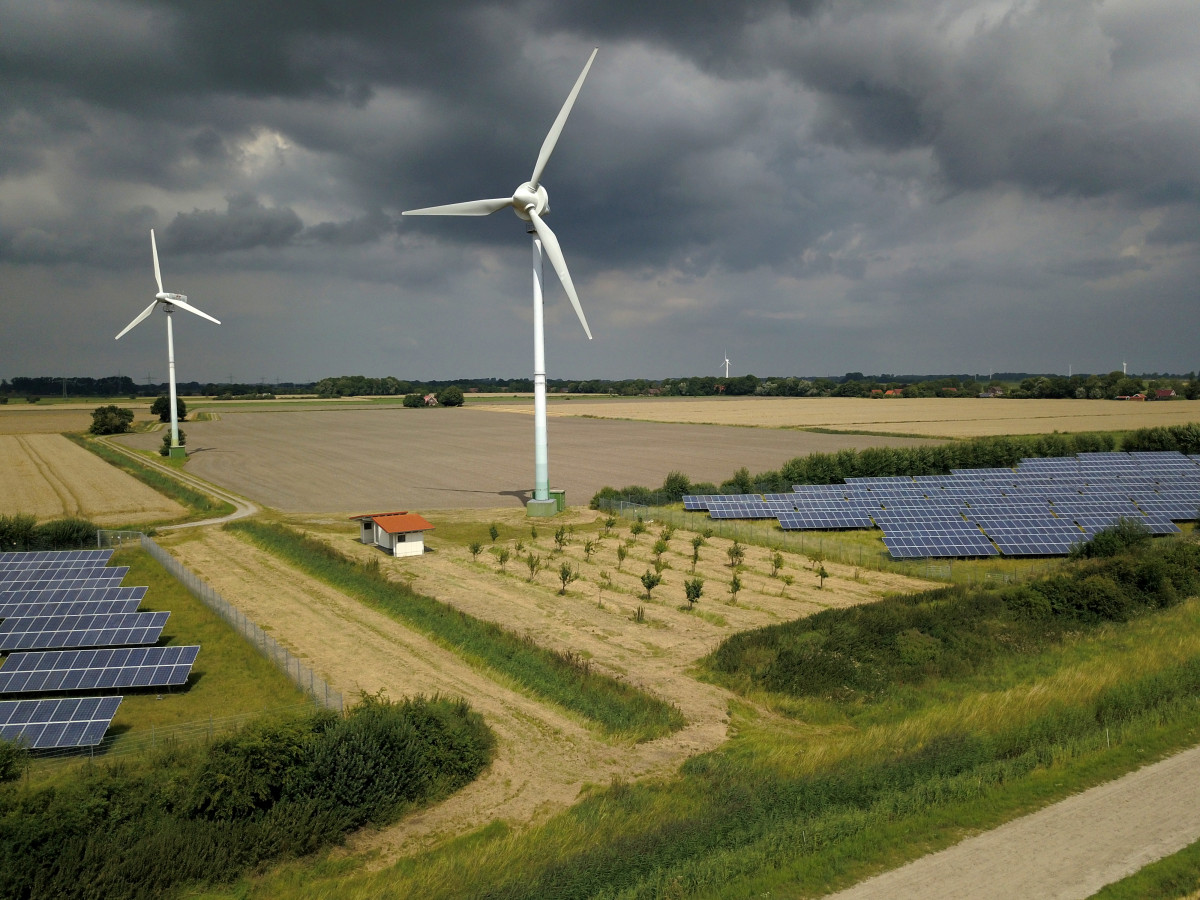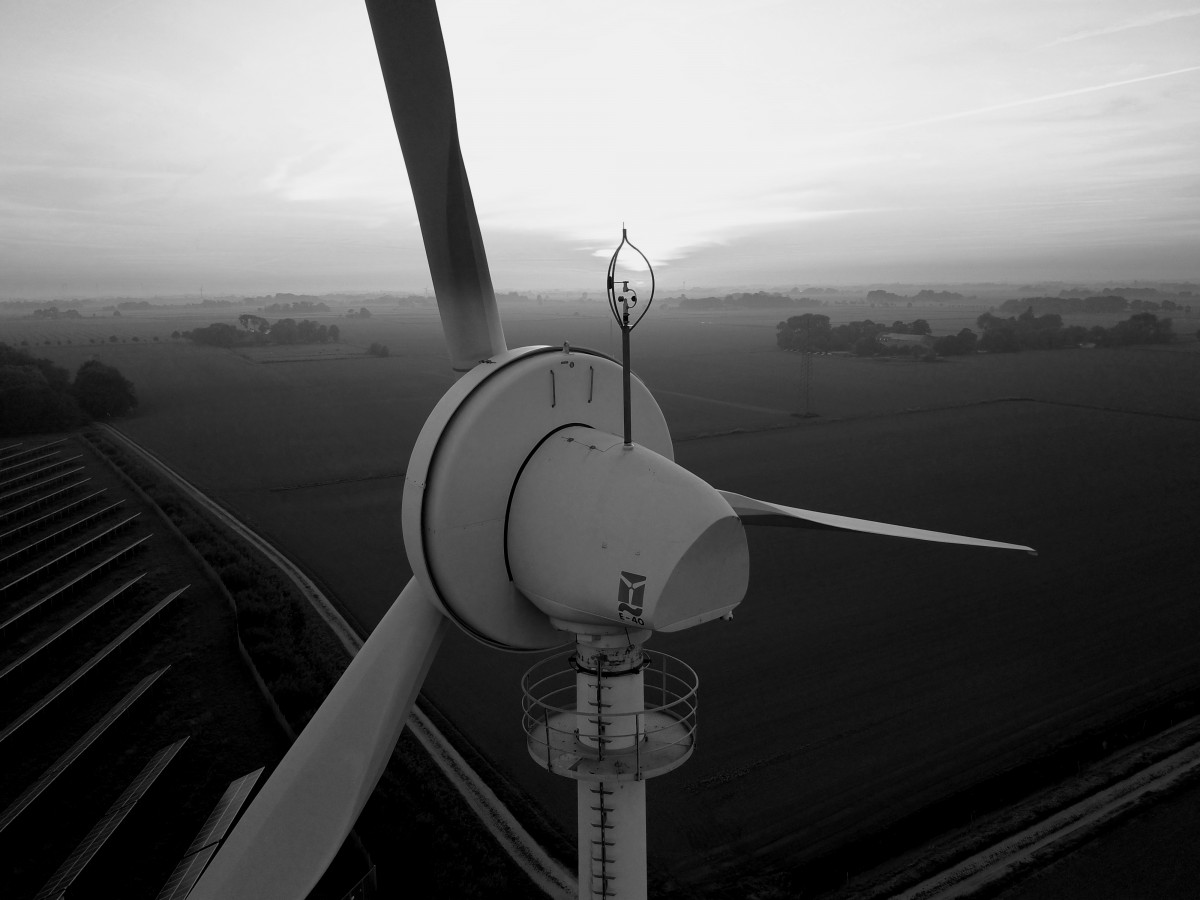Post feed-in tariff futures for pioneer renewable plants: Onshore wind power
Jan Ahmels remembers his first summer of school holidays in Jever, Germany. It was 1991 and his father, an engineering enthusiast, had decided to build a wind turbine on the family’s wheat farm. The tower arrived in two parts on the back of a flatbed truck. A crane came to assemble the turbine and Jan’s father has photographs of the little boy looking up at the spinning blades.
A decade later, Germany introduced guaranteed payments over 20 years to anyone feeding renewable energy into the power grid. Many of the first renewable plants to receive the feed-in tariff in 2000 were onshore wind plants. In 2021, the tariffs are running out, and almost 4 gigawatts of onshore wind power capacity will fall out of the arrangement this year. By the end of 2025, the figure will be approximately 15.4 gigawatts (GW). This is not insignificant: The total installed onshore wind capacity in February 2021 was 55 GW.
Jan’s father built a second turbine two years after the first, and helped set up the organisation that later became the German Wind Association, the Bundesverband Windenergie (BWE). By the mid 90s, wind turbines were ubiquitous across the coastal landscape, and the predecessor of the Renewable Energy Act (EEG), the Feed-in Act (Einspeisegesetz), was in place to encourage more people to set up renewable energy projects.
Setting a smart price for the time after the feed-in tariff ends
In 2000, the Green-Social Democrat federal government passed the Renewable Energy Act (EEG). Jan’s father began receiving a feed-in tariff of about 6 cents per kilowatt-hour (ct/kWh) which was fixed for the next 20 years. (Plants of the same generation in less windy regions received around 9 ct/kWh). From this they paid insurance, maintenance and other costs and were left with 0.5-1 ct/kWh in profit and between 5,500 euros and 11,000 euros in revenue each year. At the beginning of 2020, the Ahmels entered their final year of the feed-in tariff. They knew they would have to find a company to directly market their energy for them and they started to plan ahead.
Electricity trader Naturstrom offered the Ahmels two options. They could take the riskier route and sell their energy each day at a fluctuating price or they could choose a price on a particular day and fix it for the whole year. Jan’s father favoured the latter, but setting a price was not so easy. In spring 2020, the electricity price plummeted due to the pandemic, so Jan and his father decided to wait. By summer the price was rising again, and at the beginning of July they decided it was time. They set the price with Naturstrom for the whole of 2021. Naturstrom takes a marketing fee of 0.4 ct/kwh, and the Ahmels earn 3-4 ct/kwh, from which they have to pay all their costs. Their profit is currently 0.3-0.5 ct/kWh. By 2022, they aim to earn about 1.5 ct/kWh in profit for their energy, and they expect the turbines will keep going until 2025 or perhaps a few years longer.
Less than 25% of onshore wind turbines that reach the end of their funding in the next 5 years can be repowered
Dieter Fries, a board member for Bundesverband Windenergie who also set up a wind plant in North Rhine-Westphalia in the early 1990s, warns that maintenance costs begin to rise once a turbine is older than 20 years. Even if a plant owner can cover regular costs while earning the market energy price, he or she won’t have much in reserve for when bigger repairs are necessary. He predicts that between a quarter and a half of the plants that have just lost the feed-in tariff will have to stop running. The old turbines have a capacity of 1 million kW per year (enough energy for 250 average family households in a year); by comparison, new models have a capacity of 15-20 million kW. With this capacity, plant operators can cope with lower prices, but owners of older turbines cannot.
The Ahmels have the advantage of a very windy location, but they know their days are numbered because their turbines are already 20 years old. They would like to be able to repower their turbines, but the local community has decided new wind turbines may only be constructed in so-called wind priority areas.
According to Jan-Hendrik Piel of Nefino (a data company that offers analytics services to the renewables market) less than 25 percent of onshore wind turbines set to reach their end-of-life in the next five years are repowerable. Furthermore, two thirds of the wind turbines that will lose the feed-in tariff over the next 5 years are in locations where regulations prevent newer turbines being built.
PPAs as the solution
One solution for older wind plants is to enter a power purchase agreement (PPA) with a company such Greenpeace Energy, which has provided a lifeline to Reinhard Christiansen’s pioneering wind plant at Ellhöft in Schleswig-Holstein. "Many older wind farms - like ours in Ellhöft - are technically in good shape, so they can continue to supply plenty of clean energy and help achieve Germany's climate targets," he says in a Greenpeace Energy press release. Nils Müller, the CEO of Greenpeace Energy says: "The plant operators receive a calculable remuneration and can keep their plants in operation for longer. We, as a green energy provider, purchase wind power at an adequate price and strengthen the direct link between our clean supply power plants and our customers." Greenpeace Energy, however, is not typical. Many companies offering PPAs are not so interested in working with smaller plants like Ellhöft.
For the time being, onshore wind plants have a very brief reprieve. Towards the end of 2020, the government realised that the majority of plants due to lose their feed-in tariff had yet to arrange the sale of their energy via a trader. As a result, arrangements were made to cover wind plants through an extension to the feed-in system until the end of 2021. The grid provider will buy the energy from the plant operator and pass on the wholesale market value, minus a marketing fee. This should allow some plants to keep going long enough to make a longer-term plan.



